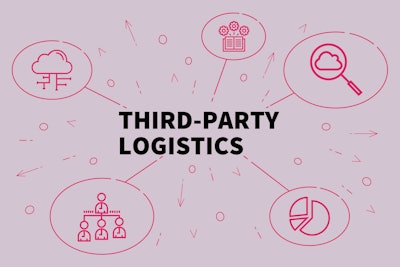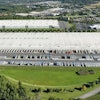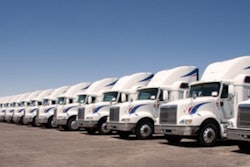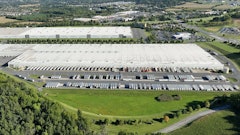
With lingering inflation and experts predicting a possible recession, companies will no doubt be looking for ways to reduce the costs for shipping this year. In fact, these are areas in which we should look to make constant improvements, regardless of market conditions. It’s mainly when rates spike that companies are desperate to find any means for reducing their costs. What about losing 10% of your freight spend this year as a new years goal?
Third-party logistics (3PL) providers know that much of the extra spending in transportation comes from driver detention, which is often a self-inflicted wound that costs everyone in the end. While you may not pay for that lost time in the way of penalties, rest assured you’re paying for it in one way or another. Most likely in the form of higher rates for shipping. This is a burden we all bear together and therefore should address together.
The cause of driver dentention
But it’s important to remember that driver detention isn’t a cause, it’s a symptom. The cause is often an insistence by some companies for specific delivery times when they could be focused on more efficient means of operating. This begs the question, what would happen if we all took a step back to challenge the status quo of delivery appointments? In a world where some companies demand 95% compliance, what if we rid ourselves of those constraints and free drivers to deliver at the best possible times, rather than waiting to show up for a specified appointment?
Carriers are immediately judged when appointments are set and how well that date and time pleases the customer. Next comes the timing of the delivery, and ensuring you’re a carrier of choice often requires a conservative approach to scheduling. And that’s where the “extra weight” comes into the system. Inefficiencies are designed into delivery schedules to ensure drivers can be where they’re expected to be when they’re expected to be there. Even if it means sitting around, waiting to show up. But who pays for the time that drivers add to their schedules to arrive to an area as much as a full day prior to the scheduled delivery, sitting at a truck stop five miles away just to ensure they’re exactly on time? And how much congestion is caused on the highways instead of just optimally routing deliveries to docks? When businesses and carriers take this conservative approach to scheduling on-time deliveries, someone picks up the tab for those inefficiencies. Customers don’t pay for detentions based on the inefficiencies they cause by demanding specific times carriers do. Ultimately every customer pays through the higher rates that carriers must charge to pay drivers for sitting around.
New tech has changed delvieries
Before we knew precisely where drivers were and when they would show up, perhaps this system of scheduling was made out of necessity. But now, with technologies such as GPS tracking, we know exactly where drivers are and when they will arrive. By combining these data points with real-time information from the warehouse and yard, we can optimize dock use and arrivals to keep things flowing smoothly and as efficiently as possible all without scheduling. The same technologies can also eliminate other inefficiencies, such as language barriers, paperwork, security and other factors that keep drivers stuck in or outside of docks. Think of how much time we could all recoup by allowing drivers to deliver when it makes sense, rather than forcing compliance.
For this reason, one could argue: If you want to reduce detention times, get rid of appointments altogether. Rather, manage your docs dynamically based on where carriers are at a given moment. Evaluate labor and docks to keep things flowing in the moment. We could improve efficiency by a much larger percentage than you might think, partly through the number of extra loads that could be picked up when drivers aren’t forced to add hours of excess time to their schedules.
Ultimately, it’s about becoming an optimized and connected network. But such a philosophy requires a commitment by more companies to adopt a schedule-free philosophy and the tools necessary for managing deliveries and docks. The missing piece includes technology that can take information showing where something is, then allocate the right ETA against other data, such as available dock workers, number of docks and other constraints inside a facility. But to that idea, it’s only a matter of time before those tools show up.


















